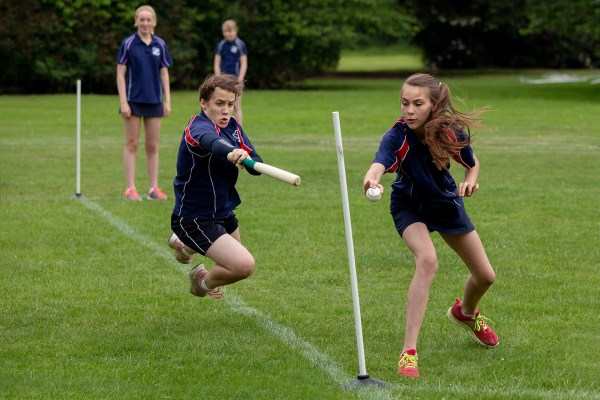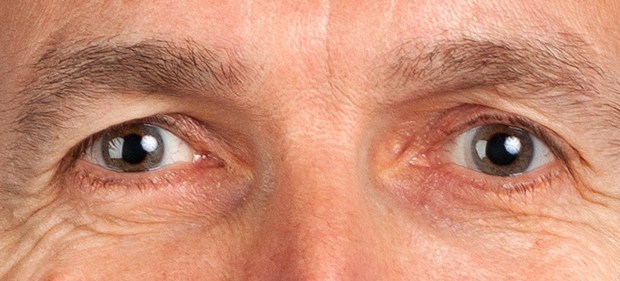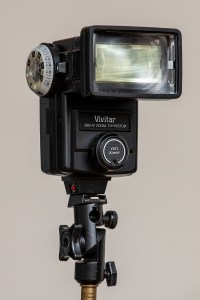
I’ve called this post “that brief” because I will never forget an email that came to me from a regular client who simply gave me a name, address, date and time and the words “go do your thing”. That was pretty flattering – they trusted me and were comfortable with how I had worked for them before. I’ll never forget that brief but most of the time I think that I’d prefer a bit more to go on.
Every photograph that I have ever taken was dictated by things that can be controlled and things that can’t. The client’s brief is something that should be able to be negotiated and should always be realistic. In the “contact” section on my main website I say the following:
Commissioning a professional photographer can be a daunting business. My philosophy has always been to make it as painless and as uncomplicated as possible. I believe that this is best achieved by a proper dialogue between photographer and client. We both want the same thing – a set of pictures that achieve and even exceed their purpose. In my experience, the better defined that purpose is, the easier it is to get the photographs that the client needs.
(more…)




 Equipment and my equipment choices tend to evolve pretty slowly. Way back in the 1980s I was using a lot of off-camera flash on location and that meant either owning and running a lot of extension cables with my Elinchrom mains powered units, buying (or renting) a Norman system or using some basic flashguns (the term speed light hadn’t really entered common usage by then, other than as part of a Nikon model name) to do the job. I came across the Lumedyne range (old school) in the mid 1990s, although they had been around for a while by then. Before that I spent many happy years with my cobbled-together battery powered flash kit which was based around the already long-in-the-tooth Vivitar 285 system. I call it a system because there was a ton of accessories that you could get for it and it had some common connections that meant you could pair it up with almost anything you wanted to.
Equipment and my equipment choices tend to evolve pretty slowly. Way back in the 1980s I was using a lot of off-camera flash on location and that meant either owning and running a lot of extension cables with my Elinchrom mains powered units, buying (or renting) a Norman system or using some basic flashguns (the term speed light hadn’t really entered common usage by then, other than as part of a Nikon model name) to do the job. I came across the Lumedyne range (old school) in the mid 1990s, although they had been around for a while by then. Before that I spent many happy years with my cobbled-together battery powered flash kit which was based around the already long-in-the-tooth Vivitar 285 system. I call it a system because there was a ton of accessories that you could get for it and it had some common connections that meant you could pair it up with almost anything you wanted to.